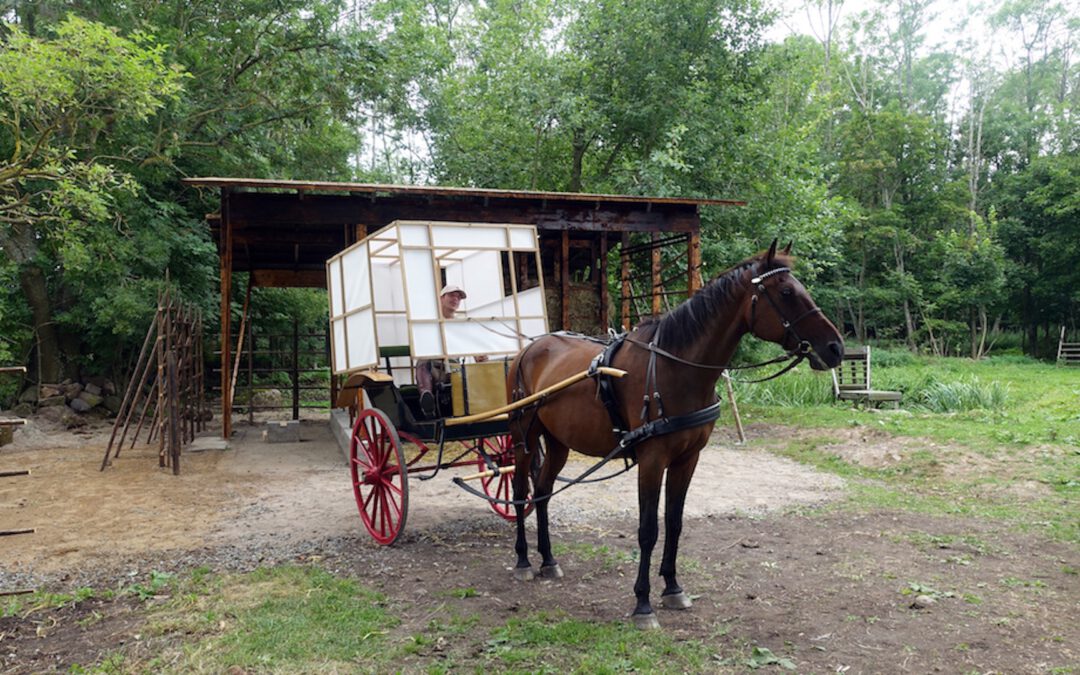

THE EPICENTRE OF EVERYTHING

NEW HORSE CULTURES

NEW HORSE CULTURES, STUDY CIRCLE
The project investigates the horse, as well in integration work as in feminist studies of power and ethnicity.
Participants of the study circle are refugee woman, with an interest for, or knowledge of horses.
In the study circle of New horse cultures, we will discuss leadership, communication
and social interaction connected to horse keeping.
READ MORE























































